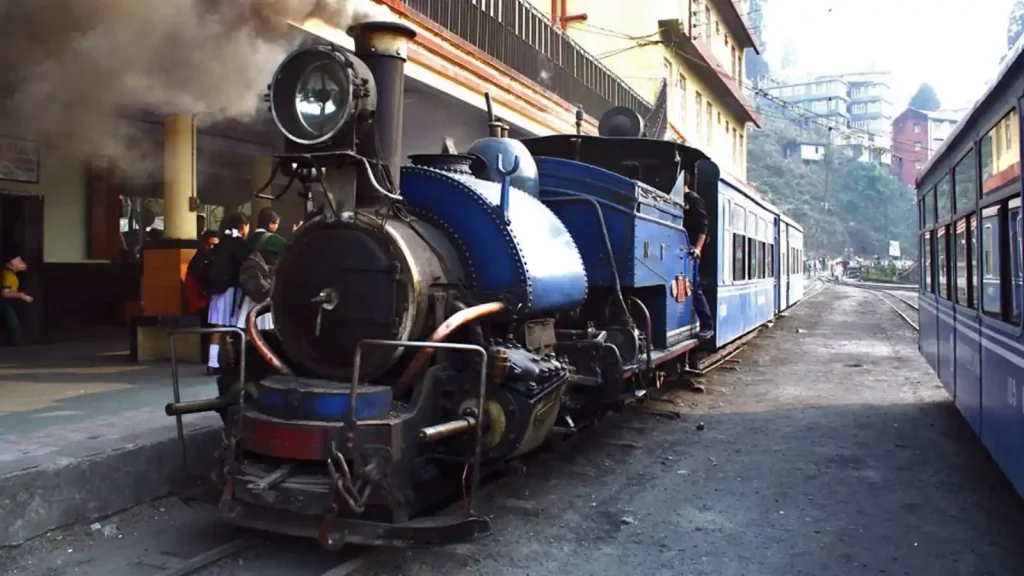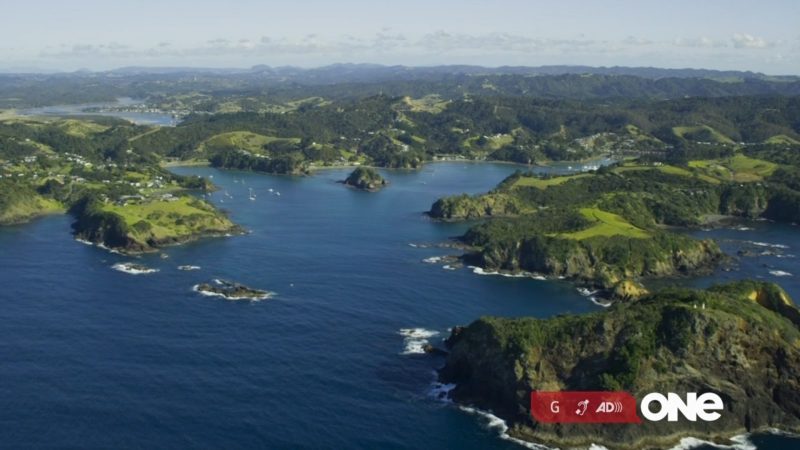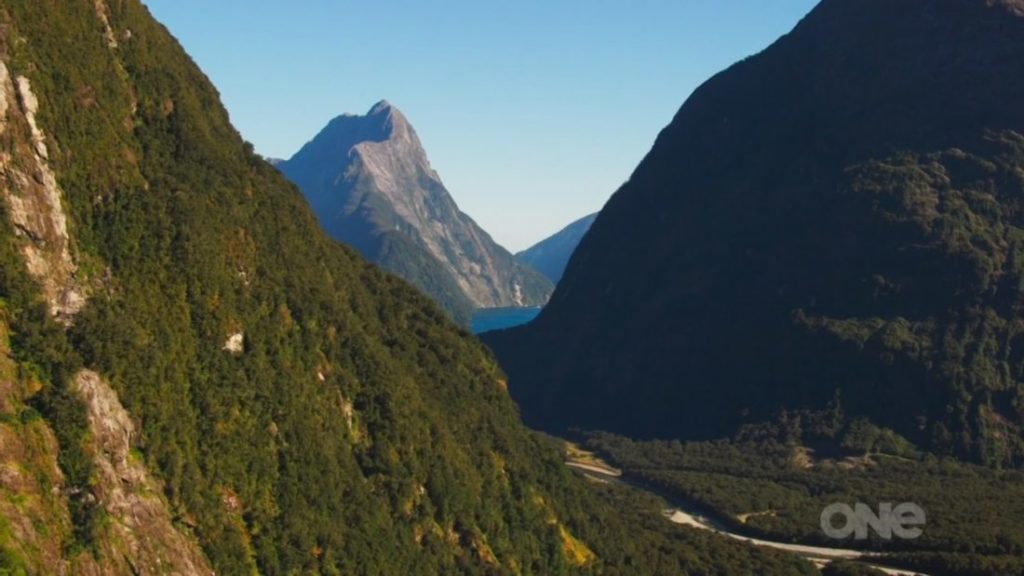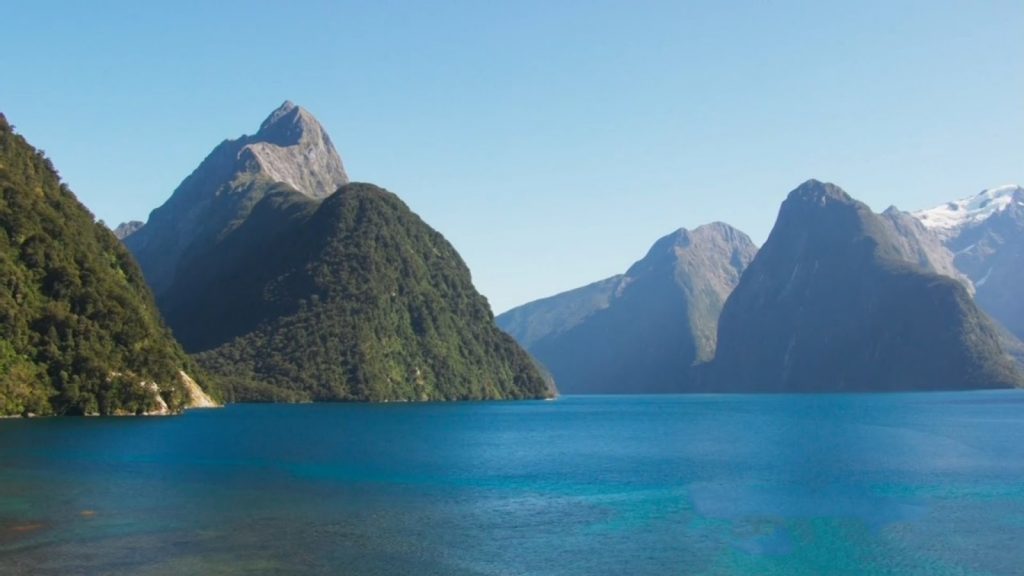Indian Hill Railways episode 1 – The Darjeeling Himalayan Railway – The majestic Indian subcontinent, with its diverse landscapes and rich tapestry of cultures, offers a plethora of experiences that cater to the wanderlust of every traveler. Among these, the Indian hill railways stand out as a testament to human ingenuity and a bridge to the past, seamlessly integrating into the lives of those they touch. This narrative delves into the heart of one such marvel, the Darjeeling Himalayan Railway (DHR), and explores its significance, not just as a means of transportation, but as a cultural icon that has withstood the test of time.
The Essence of Indian Hill Railways
Spanning from the Himalayas in the north to the Nilgiris in the south, the Indian hill railways have been navigating through the clouds for over a century, offering a window to the enchanting world of India’s elevated terrains. These railways are more than just tracks laid across the hills; they are lifelines that connect remote communities, support local economies, and preserve the ecological sanctity of these regions.
The Darjeeling Himalayan Railway, affectionately known as the “Toy Train,” exemplifies the enduring charm and historical significance of these mountainous journeys. Established in the late 19th century, the DHR has been a pivotal element in the socio-economic fabric of the Darjeeling district, fostering tourism and local development while offering a unique travel experience that blends scenic beauty with engineering marvel.
Darjeeling Himalayan Railway: A Cultural Odyssey
The DHR’s journey begins in the bustling town of New Jalpaiguri, winding its way through verdant tea gardens, dense forests, and quaint hill stations before reaching its terminus in the picturesque town of Darjeeling. This 88-kilometer voyage is not merely a journey through diverse landscapes but a passage through time, showcasing the rich heritage and vibrant culture of the region.
The railway’s proximity to the communities it serves is profound. It meanders through marketplaces, alongside homes, and across public roads, becoming an integral part of daily life for the locals. This unique relationship between the railway and the inhabitants is emblematic of the symbiosis between man and machine, where the train is as much a participant in the local lifestyle as it is a spectator.
As the world evolves, so does the relationship between the Darjeeling Himalayan Railway and the people it serves. The advent of modernity and the changing socio-political landscape have ushered in a new era for the Gorkha community residing in the Darjeeling hills. The quest for an independent state and a distinct identity has become intertwined with the lives of these people, reflecting a broader narrative of struggle and adaptation in the face of changing times.
The Darjeeling Himalayan Railway Today: Challenges and Opportunities
Despite its UNESCO World Heritage status and global recognition, the Darjeeling Himalayan Railway faces numerous challenges that threaten its existence and operational efficiency. Environmental concerns, maintenance issues, and the need for sustainable tourism practices are at the forefront of the dialogue surrounding the future of the DHR.
Addressing these challenges requires a balanced approach that respects the railway’s heritage and cultural significance while embracing modern technologies and management practices. Efforts to preserve the DHR must prioritize ecological conservation, enhance the passenger experience, and ensure the economic viability of the railway and the communities it supports.
The Journey Forward
The future of the Darjeeling Himalayan Railway hinges on the collective will of stakeholders, including the government, local communities, and international organizations, to safeguard this irreplaceable piece of India’s cultural and historical legacy. By fostering responsible tourism, investing in infrastructure improvements, and celebrating the railway’s heritage, the DHR can continue to captivate the imagination of travelers and serve as a beacon of resilience and harmony.
Indian Hill Railways episode 1 – The Darjeeling Himalayan Railway
Embark on a captivating exploration aboard the Darjeeling Himalayan Railway (DHR), a UNESCO World Heritage Site, and delve into the heart of India’s majestic hill railways.
Nestled amidst the breathtaking grandeur of the Himalayas, the DHR snakes its way through lush green slopes, quaint villages, and dramatic tea plantations. For over a century, this narrow-gauge marvel has served as a lifeline, weaving a tapestry of history, culture, and breathtaking landscapes.
A Legacy Etched in Steel: The DHR’s Enduring Story
The DHR’s story begins in the mid-19th century when the British Raj, seeking respite from the scorching Indian plains, set their sights on the cool climes of Darjeeling. However, the formidable Himalayan terrain posed a significant challenge. In 1881, after years of relentless effort, the ingenious engineering feat of the DHR was realized.
A Technological Triumph: Overcoming Himalayan Challenges
Building a railway through such treacherous terrain demanded extraordinary ingenuity. The DHR boasts several engineering marvels, including loops, switchbacks, and Z-shaped reverses, that allowed the train to conquer steep inclines. Notably, the iconic Batasia Loop, a breathtaking feat of railway engineering, is a testament to the vision and dedication of its creators.
A Journey Through Time: Experiencing the DHR’s Enchantment
Aboard the DHR, time seems to slow down. The rhythmic chug of the vintage steam locomotive, the mesmerizing whistle echoing through the valleys, and the gentle swaying of the carriages transport you to a bygone era. Passengers are treated to panoramic vistas of snow-capped peaks, emerald valleys carpeted with tea bushes, and charming hamlets nestled amidst the hills.
Beyond the Scenery: The DHR’s Impact on Lives
The DHR’s significance extends far beyond its scenic charm. It has become an integral part of the lives of the people residing in the Darjeeling hills. Local communities rely on the train for transportation of essential goods, access to markets, and a vital link to the outside world. The DHR has also played a crucial role in the region’s economic development by promoting tourism and facilitating the tea trade.
A Changing Landscape: The DHR and the Evolving Gurkha Identity
The DHR’s story is intricately intertwined with the history and aspirations of the Gurkha community. These valiant warriors, renowned for their courage and loyalty, have played a significant role in operating and maintaining the railway for generations. However, a new generation of Gurkhas is emerging, seeking greater autonomy and a distinct identity within the modern Indian landscape. The DHR serves as a bridge between tradition and change, witnessing the evolution of the Gurkha community.
A Window into Culture: A Glimpse of Darjeeling’s Delights
The journey on the DHR culminates in Darjeeling, a charming hill station renowned for its colonial architecture, vibrant tea estates, and breathtaking views of Mount Kanchenjunga, the world’s third-highest peak. Here, visitors can explore bustling markets overflowing with local handicrafts, savor a cup of Darjeeling’s world-famous tea, and immerse themselves in the unique culture of the region.
The DHR’s Enduring Legacy: A Journey Beyond Comparison
The Darjeeling Himalayan Railway is more than just a scenic train ride; it’s a journey through time, culture, and breathtaking landscapes. As the train winds its way through the Himalayas, it leaves an indelible mark on its passengers, offering a glimpse into a world untouched by the frenetic pace of modern life.
Planning Your DHR Adventure:
To embark on this unforgettable experience, consider these factors:
- Season: The DHR operates year-round, but the best time to visit depends on your preference. Spring offers stunning wildflowers, while the monsoon (June-September) creates a lush green landscape. Autumn boasts clear skies and comfortable temperatures, and winter offers the possibility of snowfall.
- Booking: Tickets for the DHR can be booked online or at the station.
- Seating: Choose between joyrides on the open observation deck or opt for the comfort of a closed carriage.
The Darjeeling Himalayan Railway beckons you to embark on a timeless journey. So, pack your bags, climb aboard this iconic train, and prepare to be captivated by the magic of the Himalayas.
In conclusion, the Darjeeling Himalayan Railway is more than just a transportation system; it is a cultural odyssey that offers a glimpse into the soul of India. Its tracks, which have endured the ravages of time, tell a story of perseverance, community, and the relentless pursuit of progress. As we journey on the DHR, let us remember to tread lightly, respect the traditions that have given it life, and cherish the memories it offers. For in the whistle of the toy train and the vistas it unveils lies the enduring spirit of the Indian hill railways, a journey of discovery, nostalgia, and timeless beauty.
F.A.Q. about Indian Hill Railways episode 1 – The Darjeeling Himalayan Railway
Q.: What is the Darjeeling Himalayan Railway?
A.: The Darjeeling Himalayan Railway (DHR), affectionately known as the “Toy Train,” is a UNESCO World Heritage Site that offers a unique travel experience through the breathtaking landscapes of the Himalayas. It connects the town of New Jalpaiguri with the hill station of Darjeeling, covering a distance of 88 kilometers through lush tea gardens, dense forests, and quaint hill stations, showcasing the rich heritage and vibrant culture of the region.
Q.: How did the Darjeeling Himalayan Railway come into existence?
A.: The DHR was established in the late 19th century, with its inaugural service commencing in 1881. It was an engineering marvel of its time, designed to serve as a lifeline for the Darjeeling district by facilitating transportation and supporting local development. Its creation was a response to the British Raj’s desire to access the cooler climes of Darjeeling, overcoming the formidable challenges posed by the Himalayan terrain through innovative engineering solutions such as loops, switchbacks, and Z-shaped reverses.
Q.: What makes a journey on the DHR so special?
A.: A journey on the DHR is akin to stepping back in time, offering passengers panoramic views of snow-capped mountains, emerald valleys, and vibrant tea plantations. The experience is further enriched by the train’s historical steam locomotives and the close interaction with the local communities along its route. The DHR not only provides a window into the soul of India but also showcases the symbiotic relationship between man and nature, making it a journey beyond comparison.
Q.: What are the challenges facing the Darjeeling Himalayan Railway today?
A.: Despite its historical significance and cultural value, the DHR faces several challenges, including environmental concerns, maintenance issues, and the need for sustainable tourism practices. These challenges require a balanced approach that respects the railway’s heritage while embracing modern technologies and management practices to ensure its preservation for future generations.
Q.: How can one plan a trip on the Darjeeling Himalayan Railway?
A.: Planning a trip on the DHR involves considering the best season for travel, as it operates year-round but offers different experiences depending on the time of year. Spring and autumn are popular for their clear skies and comfortable temperatures, while the monsoon season presents a lush green landscape. Tickets can be booked online or at the station, with options ranging from joyrides on the open observation deck to the comfort of closed carriages. It’s a journey that promises to captivate the imagination of travelers, offering a glimpse into a world untouched by the frenetic pace of modern life.




